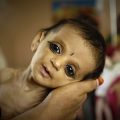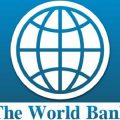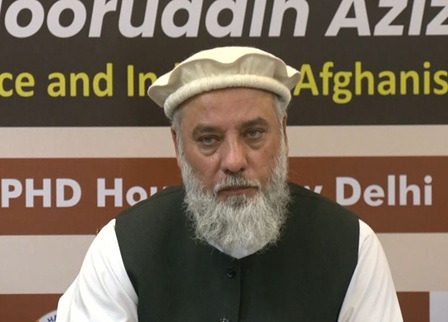
More than 1 billion people worldwide are living with vision impairment because they do not get the care they need for conditions like short and farsightedness, glaucoma and cataract, according to the first World report on vision issued by the World Health Organization.
The report launched ahead of World Sight Day on October 10, found that aging populations, changing lifestyles and limited access to eye care, particularly in low- and middle-income countries, are among the main drivers of the rising numbers of people living with vision impairment.
“Eye conditions and vision impairment are widespread, and far too often they still go untreated,” says Dr Tedros Adhanom Ghebreyesus, WHO Director-General. “People who need eye care must be able to receive quality interventions without suffering financial hardship. Including eye care in national health plans and essential packages of care is an important part of every country’s journey towards universal health coverage.”
Dr Tedros adds: “It is unacceptable that 65 million people are blind or have impaired sight when their vision could have been corrected overnight with a cataract operation, or that over 800 million struggle in everyday activities because they lack access to a pair of glasses.”
Globally, at least 2.2 billion people have a vision impairment or blindness, of whom at least 1 billion have a vision impairment that could have been prevented or has yet to be addressed.
Other main findings of the report include:
The burden of eye conditions and vision impairment is not borne equally: it is often far greater in people living in rural areas, those with low incomes, women, older people, people with disabilities, ethnic minorities and indigenous populations.
The unmet need for distance vision impairment in low- and middle-income regions is estimated to be four times higher than in high-income regions.
Low- and middle-income regions of western and eastern sub-Saharan Africa and South Asia have rates of blindness that are eight times higher than in all high-income countries. Rates of cataract and trachomatous trichiasis are higher among women, particularly in low- and middle-income countries.
US$ 14.3 billion is needed to address the backlog of 1 billion people living with vision impairment or blindness due to short and farsightedness, and cataracts.









